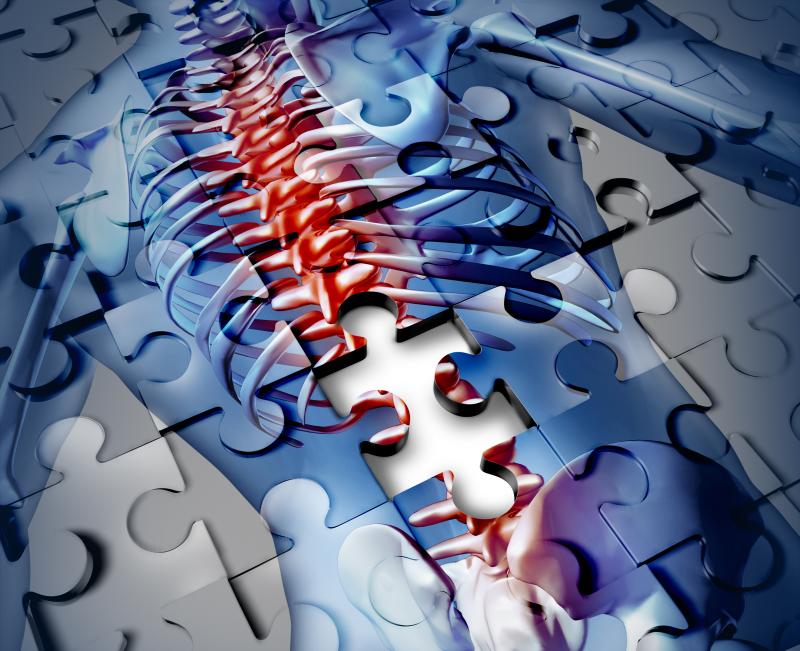
Infrequent administration of zoledronate 5 mg at a 5.5-year interval has been shown to inhibit bone loss over 11 years, according to a study.
The investigators analysed the effect of very infrequent zoledronate therapy on bone mineral density (BMD) and markers of bone turnover at an academic research centre. Fifty older women with osteopaenia were randomly assigned to receive either a single dose of 5 mg zoledronate or placebo. Of the randomized participants, 33 entered a 5-year open-label extension study.
BMD and bone turnover were then measured each year for nearly 11 years, which generated data in women who received 5 mg of zoledronate at 0 and 5.5 years (ZZ, n=16) or placebo at baseline and 5 mg of zoledronate at 5.5 years (PZ, n=17).
BMD remained stable among women in the ZZ group but increased among those in the PZ group after redosing.
Corresponding changes from baseline BMD in the ZZ and PZ groups at 11 years were 3.8 percent (95 percent confidence interval [CI], 1.1–6.5) and 2.9 percent (95 percent CI, 0.3–5.5) at the lumbar spine (p=0.61), 0.9 percent (95 percent CI, –1.7 to 3.5) and –2.8 percent (95 percent CI, –5.3 to –0.3) at the total hip (p=0.006), and 0.4 percent (95 percent CI, –0.8 to 1.6) and –0.4 percent (95 percent CI, –1.3 to 0.5) at the total body (p=0.14).
Comparable bone turnover markers were observed in both groups throughout the 5 years after redosing.
“Clinical trials to investigate whether very infrequent treatment with zoledronate reduces fracture risk are justified,” the investigators said.